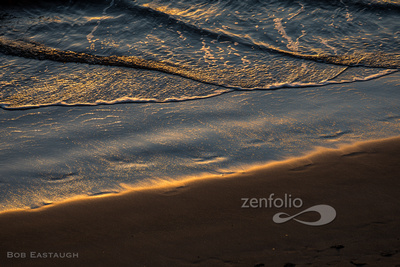Martins Onskulis on Course; Alyeska, January 2017
Ski racing is very dynamic. The athletes are superbly conditioned and well-trained, both in the technical complexities of skiing fast and the tactical mysteries of being in the right place at each moment, relative to the set of the course. There is some fortuity involved, but usually skill and power win. It can be challenging, but rewarding to photograph. And it helps to have race experience, to know where racers will crush gates and what line they will take.


Martins Onskulis, from Latvia, races for UAA. Perhaps the fastest of the UAA men, he is here starting the first run in the Coca-Cola Holiday Classic giant slalom, but was injured (bad fortuity) a month later on the eve of the FIS-U races hosted by UAA at Alyeska. Framed by the big icefall at the bottom of Alyeska's Race Trail, he brushes past a gate and steps to improve line (tactics) for the next gate. His helmet reflects trees on the other side of the Race Trail, as silhouetted against the sky.




Denver University and University of Utah are two of the powerhouse collegiate teams. They can recruit the best racers, usually with NorAm and Europa Cup, or even World Cup, experience.




UAA's Charley Field was third in the FIS-U GS.
Ski racing is a great photo target, given the athleticism of the racers and the aesthetics of the sport. Snow often isolates racers and focuses attention on the captured image. The result is usually a dramatic image.
But the downsides of photographing ski racing in Alaska include the technical problems caused by cold (batteries and fingers and toes don't last as long, and gloves make it hard to operate the gear), dark (even modern cameras are challenged by racing on days with short daylight hours), falling snow (can prevent accurate autofocus or obscure the racer's face), or rain (can get on the lens, or in the camera). The camera is normally set for high shutter speeds to stop action, both forward motion of the skier, and the micro-motion of the skier's head and eyes. This means, especially on dark winter days before seasonal sun is on the courses, that I am shooting at very high ISOs. Long lenses are needed to get optically close to the racer without distracting competitors (or endangering them or photographers). Some shot locations are unavailable for safety reasons: standing in the fall zone is to be avoided. Is it all worth it? Of course!
These images are all of college racers. But local juniors can be just as entertaining, and are skiing fast with a level of skill and flexibility that can only be admired, but not duplicated, by most adult skiers.
Comments


After a lifetime of mainly expressing myself with words, my postings here will mainly rely on images. They will speak for themselves to some extent, but I'll usually add a few comments of explanation. I've taken photographs for decades, since the 1950's, inspired in part by my father's photographic skill. Four years of photo assignments and quality darkroom time eventually gave way to decades of casual and family picture-taking. I re-immersed myself when I left film and turned to digital.